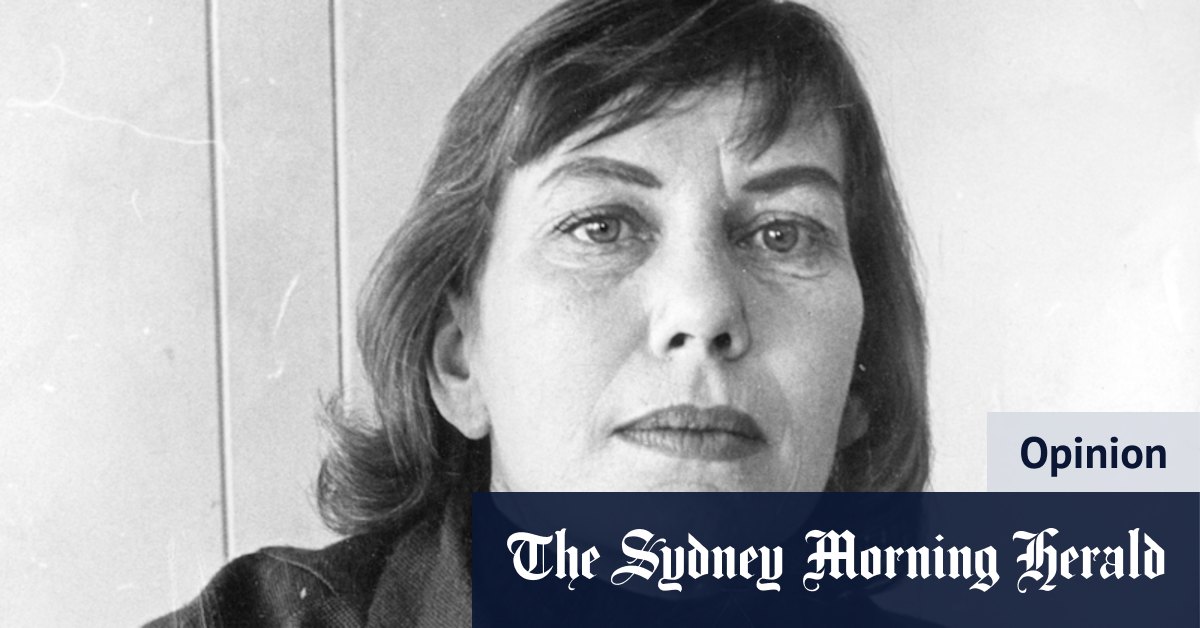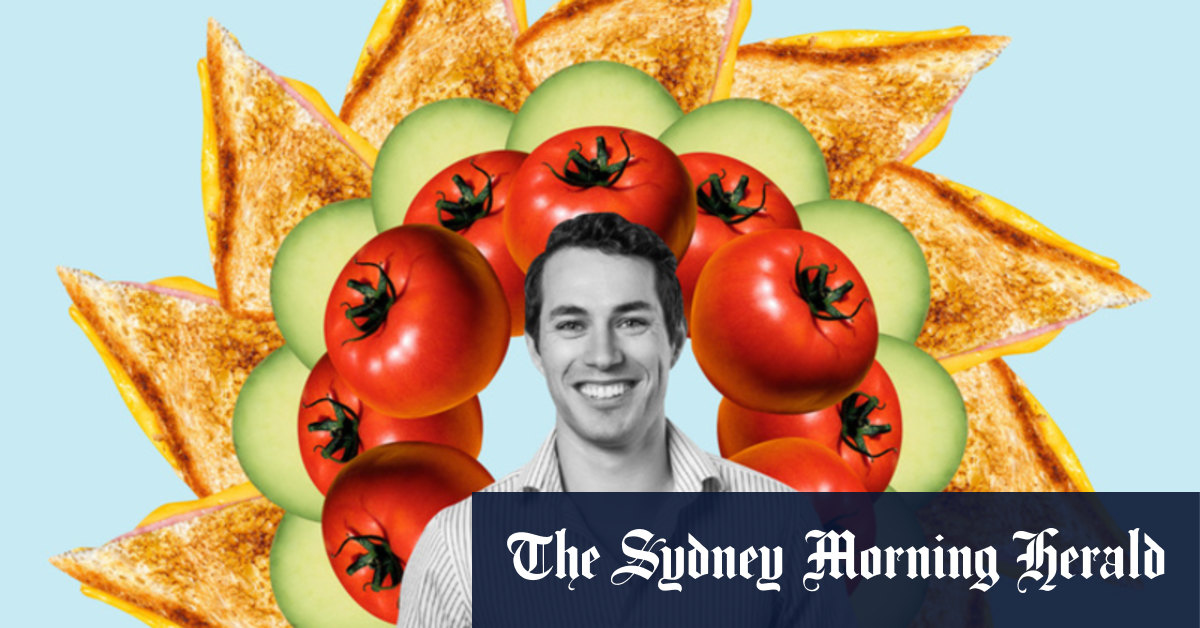Are Straight White Male Authors Facing a Publishing Crisis? Exploring the Changing Landscape of Australian Literature

The publishing world is undergoing a seismic shift. Discussions around diversity, inclusion, and representation have rightfully taken centre stage, leading many to question the future for authors who fall outside these newly prioritised categories – specifically, straight white men. Is there a genuine crisis brewing, or is it a natural evolution of the literary landscape?
For decades, the voices of many marginalized writers were silenced or overlooked. The current push for diversity aims to rectify this historical imbalance, ensuring a wider range of stories and perspectives are shared. This, however, has sparked debate about whether established authors, particularly those who have traditionally dominated the literary scene, are now facing an uphill battle to get published.
Consider the case of Charmian Clift, a brilliant Australian writer whose work was tragically overshadowed by her husband, George Johnston, for years after her death in 1969. Johnston’s ‘My Brother Jack’ remains a classic, but Clift's insightful essays and novels often languished in obscurity. It wasn't a deliberate silencing, but a reflection of the biases and power dynamics of the time. Clift’s story highlights a crucial point: the publishing industry has historically favoured certain voices, and the current focus on diversity is, in part, an attempt to dismantle these ingrained patterns.
However, the narrative isn't always so straightforward. Some argue that publishers are actively rejecting submissions from straight white male authors, fearing negative publicity or a lack of commercial appeal. Anecdotal evidence suggests this may be happening, but it's difficult to quantify the extent of the problem. Publishers maintain that decisions are made based on the merit of the work, regardless of the author’s background.
The reality is likely more nuanced. The market has changed. Readers are increasingly seeking stories that reflect their own experiences and offer new perspectives. Publishers are responding to this demand, actively seeking out authors from underrepresented backgrounds. This doesn't necessarily mean straight white male authors are being excluded entirely; rather, they need to adapt and offer something fresh and compelling.
To succeed in today's publishing climate, straight white male authors need to be self-aware, willing to engage with complex social issues, and capable of telling stories that resonate with a diverse audience. Simply replicating the narratives of the past is unlikely to cut it. They need to demonstrate an understanding of the evolving cultural landscape and a commitment to inclusivity.
It's also important to remember that 'straight white male' is a broad category. Experiences and perspectives within this group are incredibly diverse. Authors who can tap into their unique backgrounds and offer authentic, insightful stories have a greater chance of breaking through. The key is to move beyond tired tropes and offer something genuinely new and valuable to the literary conversation.
Ultimately, the future of publishing isn't about excluding certain voices, but about creating a more equitable and representative landscape where all stories have the opportunity to be heard. While the path forward may be challenging, it’s a necessary one for the continued growth and evolution of Australian literature. The conversation needs to be ongoing, honest, and focused on fostering a publishing industry that truly reflects the diversity of our society.






